Sauna Maintenance Checklist

Having a sauna at home is like having a nice escape without having to go on vacation. That said, taking care of a sauna takes some trial and error if you’re new to it. Luckily, we put together a simple sauna maintenance checklist that anyone can follow.
Deep-clean your sauna with a commercial cleaner and a mixture of white vinegar and water once per month. It’s also important to dry the seats after each use to prevent stains, odors, and mold. You must also inspect and clean the stove once a year, or more often if several people use your sauna frequently.
Some homeowners have floor drains in their sauna, which requires routine maintenance. Luckily, all it takes is some hot water, baking soda, and vinegar to clean a sauna drain. Follow along as we take a deep dive into our home sauna maintenance checklist.
How To Maintain A Sauna
Maintaining a sauna takes some work, but it’s worth the effort if you want to ensure it lasts as long as possible. Below, we have assembled a list of maintenance tips, including preventive measures and quick fixes.
1. Dry The Seats After Each Use
Anyone who has been in a sauna can tell you that the seats get quite wet, even after a short session. Between the steamy air and your sweat, the seat will likely get drenched during your sauna session. That’s why it’s a great idea to clean or at least dry the seat after each time you sit in the sauna.
You can even simply pat the seat or bench dry with a thick towel to ensure moisture doesn’t linger. Otherwise, your sauna can easily smell musty and sweaty after just a few days of use. Mold can also grow on the benches if you leave them wet for too long.
Most people turn the lights off and leave their sauna dark until the next time they use it. Darkness paired with moisture and heat can create a recipe for mold and disaster. It’s also important to regularly dry and clean your seats for sanitary purposes if other people use the sauna.
2. Leave The Door Open After Each Use
Nobody wants to find mold in their sauna, as it’s quite off-putting and tough to get rid of. One of the easiest ways to prevent mold in a sauna is to ventilate it after each use. Leave the door open for at least 30 minutes to let the hot, humid air escape.
Otherwise, the air can become stagnant, which will create the perfect conditions for mold when mixed with moisture and warmth. You should also do this every time you take a shower to prevent mold, as the conditions are the same. Don’t hesitate to leave the door open for up to an hour if the air is still quite humid after 30 minutes.
3. Use Soft Water
Does your house have a problem with hard water? If so, that doesn’t necessarily mean that you have an emergency on your hands, so there’s no need to panic. Hard water refers to water that contains excessive minerals, like calcium and magnesium.
The excessive minerals can create stains on your dishes, plumbing fixtures, and even your sauna. You must keep that in mind before you run hard water through your sauna, as it can create stains even in the steam. Instead, you should pour filtered, soft water over the stones in your sauna to prevent mineral buildup on the walls.
Today, you can put water filters on your plumbing fixtures, such as faucets and showerheads. Otherwise, you can buy filtered containers to soften the water. Some people invest in whole-house water softeners, but they cost between $700 and $5,000, so it’s a big commitment.
4. Install A Ventilation System
You cannot easily maintain a home sauna without a great ventilation system. The ideal ventilation system and methods vary based on the type of sauna you have at home. That said, most saunas can benefit from a ventilation fan in the ceiling, which costs roughly $200 to $600.
You can expect to spend between $1,500 and $4,000 or more to install a proper ventilation system. The cost varies based on your home’s layout and how much work is required. That’s because in many cases, some construction is necessary, which gets pricey if your sauna is in a spot that’s not equipped for it.
Infrared saunas don’t need an elaborate ventilation system, which can save money in that regard. However, it’s still a good idea to leave the door open and run a fan to air your sauna out after each use.
5. Clean The Drain
Not all home saunas have floor drains, but they are useful and quite common. Like your sink and shower drains, a sauna drain can become clogged with hair, debris, and even mold. It’s a great idea to pour hot or boiling water down your sauna drain once a month to prevent clogs.
This can soften the hair and debris in the drain, which makes it less likely that clogs will occur. If it’s clogged, you can start with boiling water, wait for it to go down, then pour baking soda in the drain. Next, pour 1 cup of distilled white vinegar into the drain to create a strong reaction.
The mixture of the vinegar’s acidity and the pressure created by the reaction can dislodge obstructions. Otherwise, you can fill the drain with hot water, plunge it, and manually remove the debris that comes up. In extreme cases, you may need to unclog the floor drain with a drain snake.
6. Inspect The Stove Yearly
Your sauna won’t function without a stove, so you must take great care of it. Preventive maintenance is key, so it’s worth the cost of hiring someone to inspect your sauna’s stove every year. Sauna stoves are prone to cracks and other problems that can hinder their performance.
Blockages can stop your sauna from working, and that’s a common problem. The stove can become full of debris, soot, and resin, which looks bad and won’t fix itself. That’s especially true if you have a wood stove sauna, as it can become full of ash.
Today, finding sauna repair technicians and inspectors is easier than ever. Otherwise, you may need to contact a plumber, electrician, or mason, depending on the type of problem you have.
7. Deep Clean Your Sauna Monthly
Basic maintenance, such as wiping the bench and walls, is needed weekly. However, you should deep clean your sauna at least once per month. That said, you must regularly deep clean commercial saunas, as many people use them, and they can get quite sweaty.
You should keep some commercial sauna cleaners at home, but white vinegar is also quite helpful. Scrub the walls, floors, and seats with a sponge and microfiber cloth. Douse the sponge and cloth with the commercial sauna cleaner and thoroughly scrub each surface.
It’s easier to clean a sauna if you keep covers on your seats, so the seats don’t get nearly as dirty. You must also sweep the floor to remove debris, then mop the surface to remove stubborn stains. Don’t use bleach unless you thoroughly wash it away, or else it may burn your feet.
How Long Does A Sauna Last?
You can expect your sauna to last between 15 and 20 years if you take great care of it. Excessive use, neglect, and harsh conditions can shorten a sauna’s lifespan. Outdoor saunas don’t typically last as long due to the temperature changes and water exposure.
That’s especially true if you live in a climate with extremely cold winters and hot summers. It’s a great idea to install a UV protectant on your outdoor sauna to protect it from sun exposure. Indoor saunas can last longer, but only with proper care, ventilation, and appropriate use.
Never clean your sauna with harsh chemicals, or else you may damage the floor, walls, seats, and stove. You can avoid problems if you create a 1:1 mixture of white vinegar and warm water to clean your sauna. Mild dish soap is also effective and won’t damage the surfaces in your sauna.
Summing It Up
Dry your sauna seats after each use to prevent mold, stubborn stains, and foul odors. Run the water through a softening filter to prevent hard water stains, and leave the sauna door open for 30 minutes after each use. You can also prevent mold if you install a ventilation system and run a fan in your sauna.
Related Guides:

Nick Durante is a professional writer with a primary focus on home improvement. When he is not writing about home improvement or taking on projects around the house, he likes to read and create art. He is always looking towards the newest trends in home improvement.
More by Nick Durante

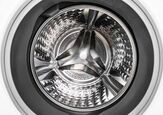








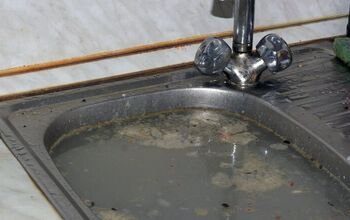




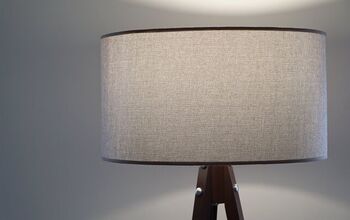
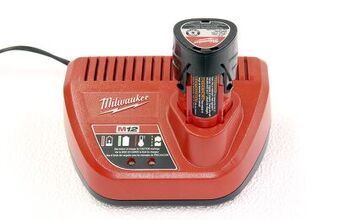
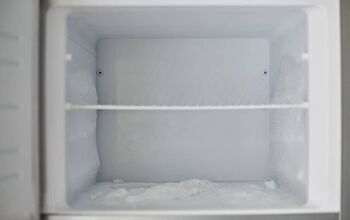
![Standard Dining Room Table Dimensions [for 4, 6, 8, 10 and 12 People]](https://cdn-fastly.upgradedhome.com/media/2023/07/31/9074335/standard-dining-room-table-dimensions-for-4-6-8-10-and-12-people.jpg?size=350x220)

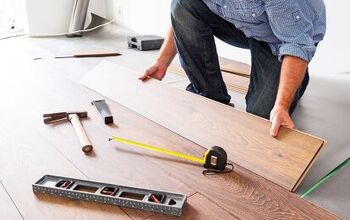
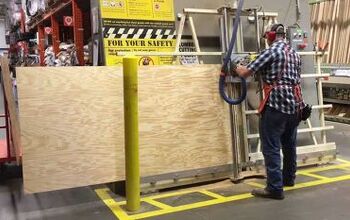
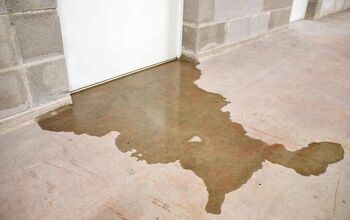




![Cost To Drill A Well [Pricing Per Foot & Cost By State]](https://cdn-fastly.upgradedhome.com/media/2023/07/31/9074980/cost-to-drill-a-well-pricing-per-foot-cost-by-state.jpg?size=350x220)